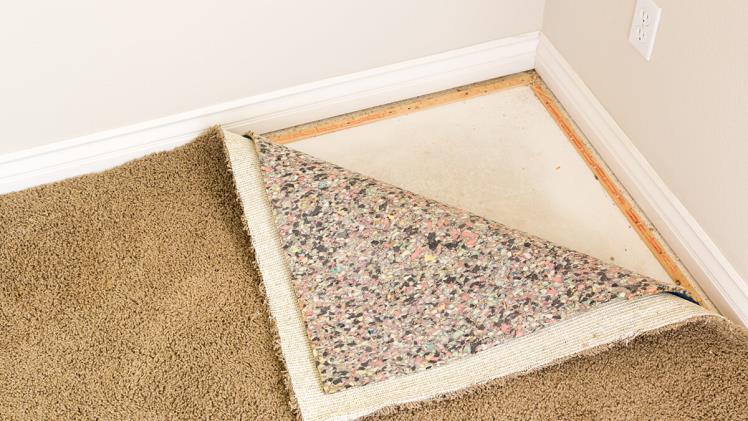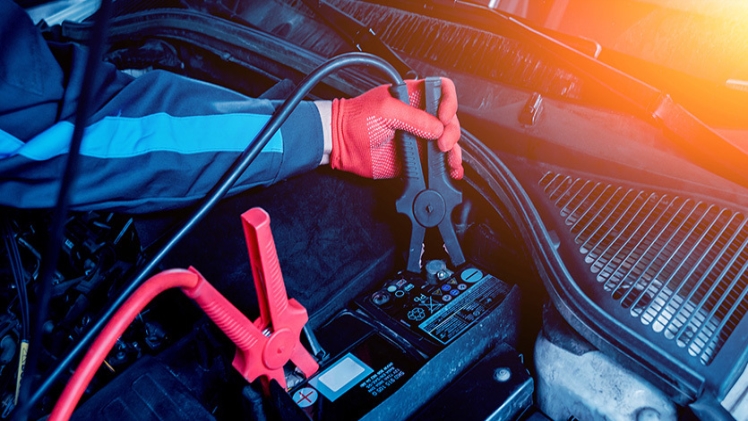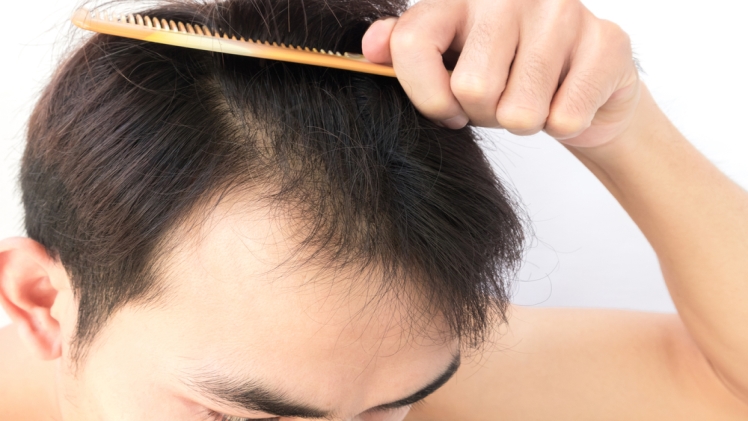Drying a carpet after water damage can seem daunting, but it can be a relatively straightforward process with the proper steps. The key is to start drying the carpet as soon as possible and to use the proper techniques. In this article, we will give you tips on how to dry a carpet after water damage. Many people think they need to replace their carpet after water damage, but you can often salvage your carpet with the proper steps.
The following are tips on how to dry a carpet after water damage:
1. Remove as much water as possible
The first step is removing as much water as possible from the carpet using a wet/dry vacuum. If you have a wet/dry vacuum, make sure to use the lowest setting, so you don’t damage the carpet. Once you have removed as much water as possible, you can move on to the next step.
2. Place towels on the carpet
The next step is to place towels on the carpet to absorb any remaining water. You want to use a thick towel so that it can absorb a lot of water. Place the towels on the carpet and leave them for several hours or overnight. After the towels have absorbed the water, you can vacuum the carpet to remove any remaining water and fluff up the fibers. Be sure to use a gentle setting on your vacuum so you don’t damage the carpet.
3. Use fans and dehumidifiers
The next step is to use fans and dehumidifiers to help dry out the carpet. You want to ensure that you are using these devices in a way that will not cause further damage to the carpet. Make sure to read the instructions that come with the devices before using them. That way, you can be sure that you are using them correctly. The fan and dehumidifier will help to remove the remaining water from the carpet and prevent mold and mildew from growing.
4. Remove the padding
One of the essential steps is removing the padding when drying a carpet after water damage. Padding holds a lot of water and can be challenging to dry, leading to mold growth. Use a sharp knife or utility knife to cut the carpet padding into small strips, then use a wet/dry vacuum to remove the water. You may need to do this several times to remove the padding altogether. If the padding is too damaged to remove, you may need to replace it.
5. Clean the subfloor
The next step in how to dry a carpet after water damage is to clean the subfloor. The subfloor is the layer of material beneath the carpet. It can be made of concrete, plywood, or another material. Use a wet/dry vacuum to remove any water from the subfloor. If mold or mildew grows on the subfloor, you must clean it with a bleach solution. Be sure to ventilate the area well when using bleach.
6. Inspect for mold and mildew
After you have dried the carpet, you must inspect it for mold and mildew. If you see mold or mildew, you must treat it immediately. Mold and mildew can cause serious health problems and should be removed as soon as possible. You can buy mold and mildew removal products at most hardware stores. Be sure to follow the instructions on the product label.
Conclusion
When it comes to answering the question of how to dry a carpet after water damage, these are the key steps you need to follow: remove as much water as possible, place towels on the carpet, use fans and dehumidifiers, remove the padding, clean the subfloor, and inspect for mold and mildew. With these steps, you can dry your carpet and salvage it after water damage.





